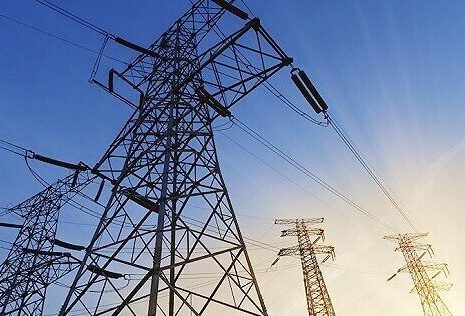>>REAL-TIME UPDATES IN THE WIRE. CLICK HERE<<<
China’s electricity consumption is expected to grow by 4% – 5% in 2022, slowing sharply from the 10.3% growth in the previous year, and one percentage point lower than the growth estimated at the start of this year, said China Electricity Council (CEC) in its latest report.
In the first three quarters of the year, China’s total electricity consumption reached 6.49 trillion kWh, rising by 4% from the year-ago period, according to the official data. By quarters, electricity consumption grew by 5%, 0.8% and 6%, respectively, in the first, second and third quarter.
In July and August, driven by the surging power demand amid an unprecedented heatwave across a large part of China, electricity consumption accelerated significantly.
In September, as the Covid outbreaks and the heatwave eased, power use slowed significantly, grow by only 0.9% from a year ago. In particular, electric power use in the tertiary industry, mostly services industries, slipped into declines, falling by 4.6% on year, compared to 11.5% growth in July and 15% growth in August.
According to breakdown data from the CEC, electricity consumption the real estate industry, financial service industry, wholesale and retail industry, hospitality industry and catering industry all declined by more than 5% year over year in September, while that in information transmission, software and information technology services sector posted positive growth.
According to a note for Citic Securities, power use in the secondary sector grew by 3.3% year over year in September, marking the second straight month of positive growth, slightly slower that the 3.6% growth in August.
That reflected China’s industrial output which grew by 6.3% on year in September, picking up by 2.1 percentage points from the previous month, it said.
Looking ahead, in the fourth quarter, some Chinese regions will continue to see tight power supplies during peak hours, and the power shortage in China’s eastern, central, northwest and southern regions will be particularly severe, while the country’s northern and northeastern regions will see relatively balanced supply, said the council.
Earlier this month, the local authority in Hangzhou, capital city of east China’s Zhejiang province, said in a statement that the city’s peak power load in summer hit 19.13 million, leaving a gap up to 2.03 million kW, and there is a big chance the city will face a power shortage this winter.
If there is a natural gas supply shortage, sustained extreme low-temperature weather and lower power supply from other regions, the gap in power supply could expand further and the power supply situation is very severe, the authority said.
On the production side, China’s electricity generation reached 6.29 trillion kWh in the first three quarters of the year, rising 2.2% from a year earlier, and in September alone, electricity generation returned to declines, down 0.4% from a year ago, according to the official data.
As of the end of September, China’s coal-fired power generation accounted for nearly 60% of the total, making it the biggest power source in the country.
The elevated coal prices pose challenges for power supply, said the council.

